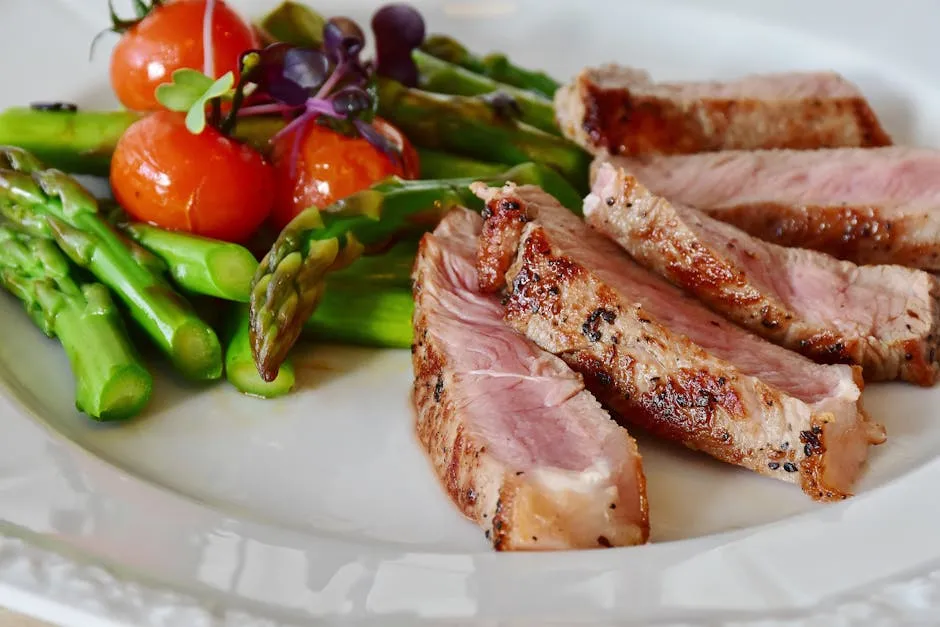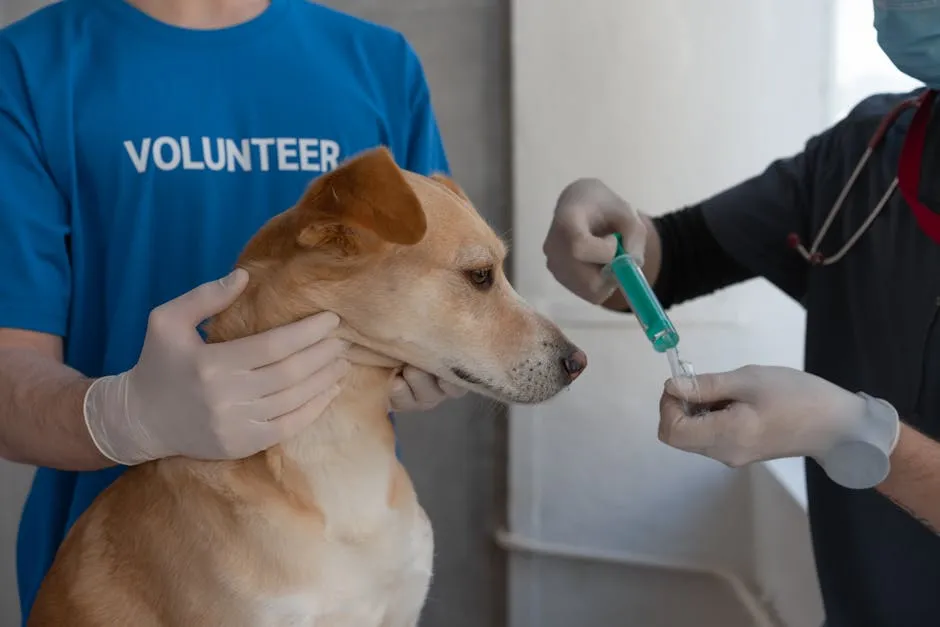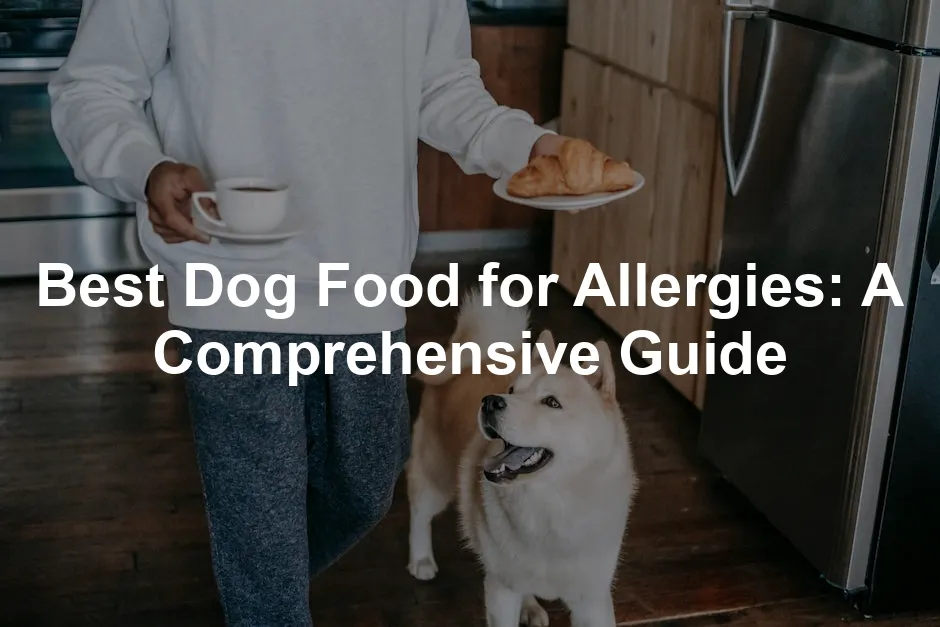Introduction
Did you know that food allergies are common in dogs? Many pups suffer from allergic reactions to their food. It’s crucial to choose the right diet for their health and comfort. This article will guide you through the best dog food options for allergies. Remember, always consult your veterinarian before making any dietary changes.
Summary and Overview
Dog food allergies can lead to various health issues. Common allergens include proteins like beef, chicken, and grains. Symptoms often manifest as itchiness, vomiting, or diarrhea. Allergies can significantly impact your dog’s overall well-being.
A balanced diet is essential. It should meet nutritional needs while avoiding allergens. This balance helps maintain your dog’s health and energy levels. If you’re looking for a reliable option, consider Blue Buffalo Life Protection Formula Dog Food, which is known for its quality ingredients and nutritional balance.
An elimination diet can be a helpful diagnostic tool. It involves removing potential allergens from your dog’s diet and observing their reactions. Our focus will be on hypoallergenic and limited-ingredient diets, which can be beneficial for managing allergies. These diets are designed to minimize allergic reactions while providing essential nutrients.

Understanding Dog Food Allergies
Common Symptoms of Food Allergies
Food allergies in dogs can lead to uncomfortable symptoms. Itchy skin is one of the most common signs. You might notice your pup scratching excessively or licking certain areas. This can lead to skin infections or hot spots if unchecked.
Gastrointestinal issues are also prevalent. Vomiting and diarrhea can occur after eating allergenic foods. These symptoms can confuse many pet owners, as they sometimes resemble food intolerances.
Food allergies trigger an immune response, while food intolerances are digestive issues. Recognizing these symptoms early is crucial. If you see signs of allergies, consult your veterinarian promptly. They can help you create a plan for dietary changes to ensure your dog’s comfort and health.
Common Dog Food Allergens
Certain ingredients frequently cause allergic reactions in dogs. Common allergens include beef, chicken, lamb, soy, dairy, and grains like wheat. Identifying these allergens is key to managing your dog’s diet. To help with this, consider using PetFusion Ultimate Dog Bed for your furry friend to ensure they have a comfy place to rest while managing these allergies.
When choosing dog food, always read ingredient labels carefully. Look for specific protein sources and avoid common allergens. Many brands offer limited-ingredient diets, which can help you pinpoint allergens.
Consider using novelty proteins, such as duck or venison, to replace common allergens. These alternatives can provide nutritious options without causing reactions. Always consult your vet when selecting new foods for your dog to ensure they meet their specific needs.

Types of Dog Food for Allergies
Hypoallergenic Dog Food
Hypoallergenic dog food is specifically designed to reduce allergic reactions in pets. It often includes hydrolyzed proteins, which are broken down into smaller pieces. This process helps prevent the immune system from recognizing them as allergens.
The benefits of hydrolyzed protein diets are significant. They can help dogs with severe allergies by minimizing skin irritations and gastrointestinal issues. Popular brands include Hill’s Prescription Diet z/d and Royal Canin Hydrolyzed Protein. These options are available through veterinary recommendations, ensuring your dog receives the right nutrition.
Always consult your veterinarian when considering a hypoallergenic diet. They can guide you in choosing the best food for your dog’s unique needs, ensuring a safe transition without adverse reactions.

Limited Ingredient Diets (LIDs)
Limited Ingredient Diets (LIDs) are tailored for dogs with food sensitivities. These diets typically contain a single protein source and a single carbohydrate source. This simplicity helps pinpoint allergens while providing essential nutrients.
The advantages of LIDs for dogs are notable. They can ease digestive issues and reduce allergic reactions. Brands like Natural Balance L.I.D. Lamb & Brown Rice Dog Food and Wellness Simple Limited Ingredient Diet Dog Food offer excellent LIDs. Transitioning to an LID should be gradual. Start by mixing the new food with your dog’s current diet, slowly increasing the new food over several days. This strategy helps avoid digestive upset and allows your dog to adapt.

Novel Protein Diets
Novel protein diets introduce new protein sources to dogs with food allergies. These proteins, such as duck, fish, or venison, are less likely to trigger reactions in dogs sensitive to common proteins like chicken or beef.
Benefits of using novel proteins include reduced allergy symptoms and improved overall health. When selecting a novel protein diet, consider options like Merrick Backcountry Raw Infused Dog Food or Wellness Core. Choose brands that use high-quality ingredients and avoid fillers. Always monitor your dog’s response when introducing novel proteins, as some may still cause reactions. Consulting your veterinarian will ensure the best choice for your furry friend’s dietary needs.

Top Recommendations for Dog Food for Allergies
Best Hypoallergenic Dog Foods
Finding the right hypoallergenic dog food can be a game changer for your furry friend. Here are some top choices, complete with prices and key features.
- Hill’s Prescription Diet z/d
- Price: $70 for 25 lbs.
- Key Features: Hydrolyzed protein source minimizes allergic reactions. Enriched with omega-3 fatty acids for skin health.
- Pros: Highly recommended by veterinarians. Effective for skin and digestive issues.
- Cons: Requires a vet prescription, which can be inconvenient.
- Royal Canin Hydrolyzed Protein
- Price: $135 for 25 lbs.
- Key Features: Proteins broken down to prevent immune response. Includes fibers for better digestion.
- Pros: Proven to reduce allergic symptoms in many dogs.
- Cons: Only available with a veterinarian’s authorization.
- Purina Pro Plan Veterinary Diets HA
- Price: $50 for 25 lbs.
- Key Features: Hydrolyzed chicken protein designed to avoid triggering allergies. Nutrient-rich formula supports overall health.
- Pros: Good palatability; dogs seem to enjoy it.
- Cons: Some dogs may still react to chicken protein.
- Blue Buffalo Basics Limited Ingredient Diet
- Price: $45 for 24 lbs.
- Key Features: Single animal protein source (turkey) and potato. Free from chicken, beef, and grains.
- Pros: Good for dogs with multiple allergies.
- Cons: Not as effective for dogs with severe allergies.
- Wellness Simple Limited Ingredient Diet
- Price: $80 for 26 lbs.
- Key Features: Lamb as the single protein source. Grain-free and contains probiotics for digestive health.
- Pros: High-quality ingredients; generally well-tolerated.
- Cons: Some dogs may dislike the taste.

Veterinarians often endorse these options for their effectiveness in managing allergic reactions. Always consult your vet before making a switch to ensure the best fit for your dog.
Best Budget-Friendly Options
If you’re looking for affordable dog food that also caters to allergies, several options strike a balance between cost and quality:
- Natural Balance L.I.D. Lamb & Brown Rice
- Price: $37 for 24 lbs.
- Nutritional Value: Single protein source and easily digestible carbs.
- Considerations: While it’s budget-friendly, some dogs may experience irregular stools.
- Taste of the Wild High Prairie Canine Recipe
- Price: $25 for 28 lbs.
- Nutritional Value: Grain-free and packed with antioxidants.
- Considerations: Contains novel proteins like bison and roasted lamb.
- Merrick Grain-Free Texas Beef & Sweet Potato
- Price: $27 for 25 lbs.
- Nutritional Value: High protein content and grain-free.
- Considerations: Some dogs may have digestive issues.

Reading labels is crucial, even with budget options. Ensure that the ingredients align with your dog’s dietary needs. High-quality ingredients can make all the difference in managing allergies while staying within budget. Always check with your vet if you have concerns about specific brands or ingredients.
Tips for Managing Dog Food Allergies
Conducting an Elimination Diet
An elimination diet is a vital step in managing your dog’s food allergies. Start by consulting your veterinarian. Their guidance ensures that the diet is safe and nutritionally balanced.
Begin by selecting a novel protein and carbohydrate. Choose ingredients your dog hasn’t eaten before, like duck or sweet potato. Transition to this new food slowly over 7-10 days. This gradual change reduces digestive upset.
Maintain the elimination diet for at least 2-4 weeks. During this time, avoid all treats, flavored medications, and table scraps. Keep a detailed record of any symptoms or changes in behavior. If your dog improves, slowly reintroduce other foods one at a time. Wait 2-4 weeks between each reintroduction to monitor reactions. This careful approach helps pinpoint allergens effectively.

Regular Veterinary Check-Ups
Ongoing veterinary care is essential for dogs with food allergies. Regular check-ups help ensure your dog’s diet remains effective. Your vet can monitor for any secondary infections or issues that might arise from allergies.
The frequency of these visits can vary, but aim for at least once every six months. During these visits, discuss any changes in your dog’s symptoms or behavior. Your vet may recommend supplements or adjustments to the diet based on their findings. For example, consider Zesty Paws Allergy Immune Supplement for Dogs to support their immune system.
In addition, veterinarians can help identify any new allergies that may develop over time. They can also suggest new dietary plans if your dog’s needs change. This ongoing relationship is crucial for keeping your furry friend healthy and happy.

Conclusion
Choosing the right dog food for allergies is vital for your pet’s health. A proper diet can lead to a happy, comfortable life, even with food sensitivities. Always consult your veterinarian for personalized advice and recommendations. With the right approach, you can help your dog thrive despite their allergies. And for those playful moments, don’t forget a fun toy like the KONG Classic Dog Toy to keep them entertained!
If you’re looking for more information on how to deal with food allergies in dogs, check out our guide on understanding and managing dog food allergies.
Please let us know what you think about our content by leaving a comment down below!
Thank you for reading till here 🙂
All images from Pexels





